To power next generation chip based medical implants, power sources need to be miniscule and perpetual.
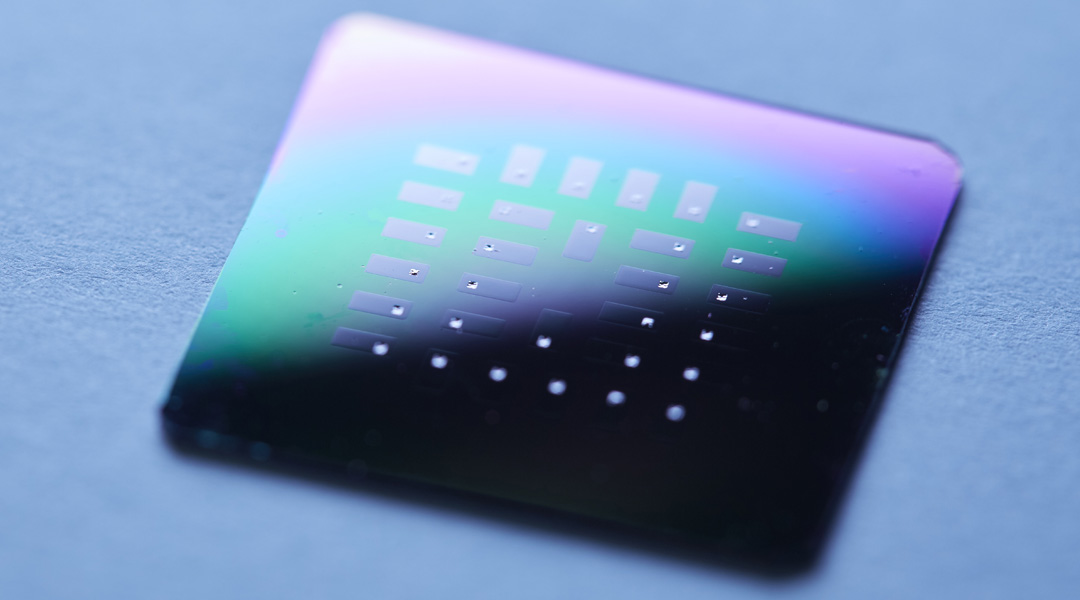

To power next generation chip based medical implants, power sources need to be miniscule and perpetual.
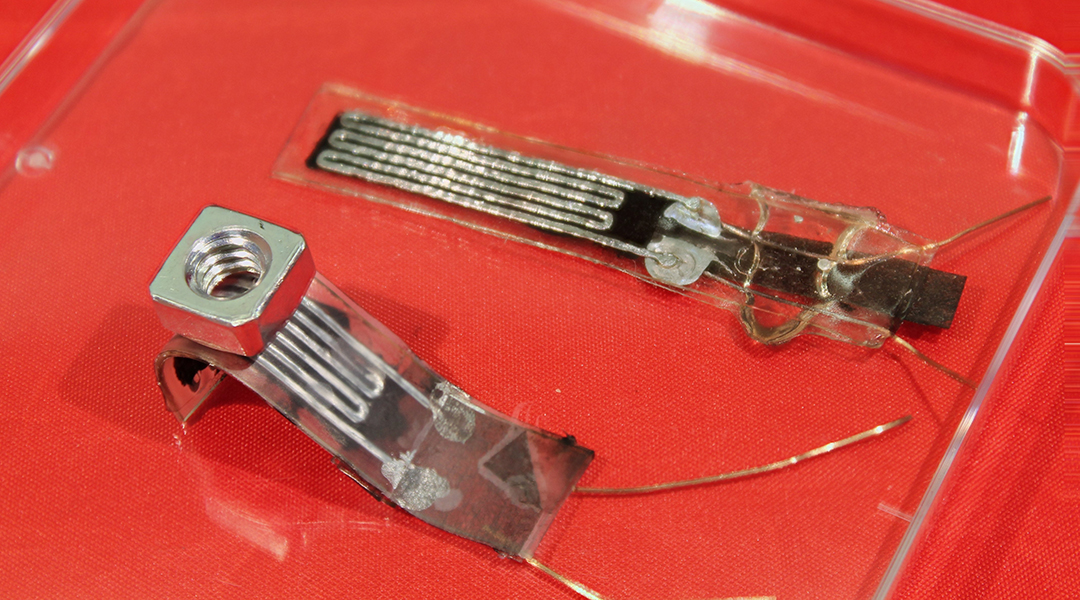
A new surface treatment enhances the adhesion of double-sided tape to make stickier tapes for soft electronics.
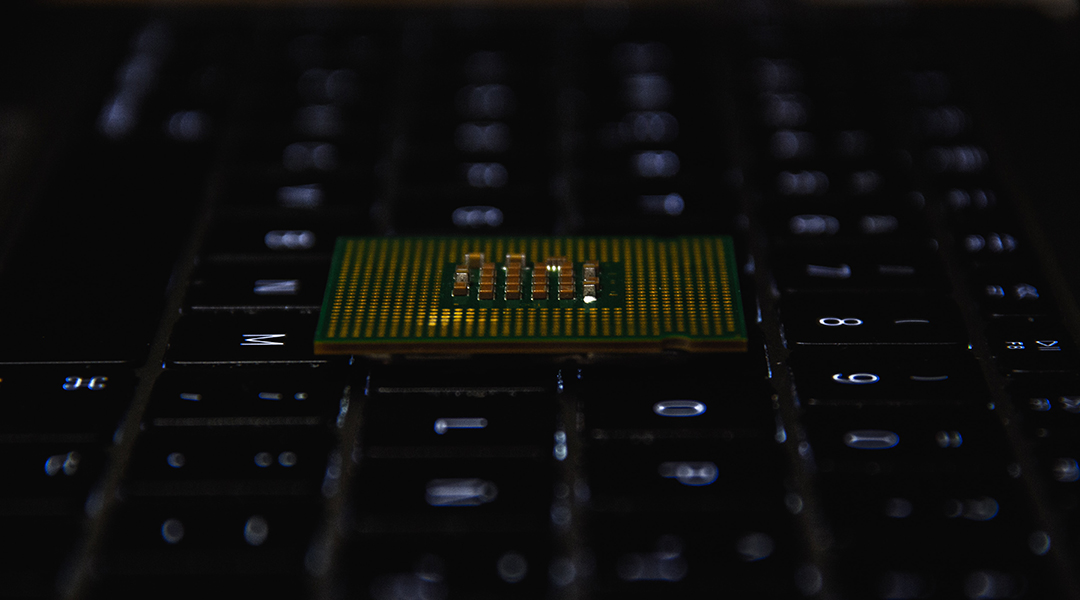
An in-memory computing prototype provides a promising solution for edge computing systems to implement continual learning.
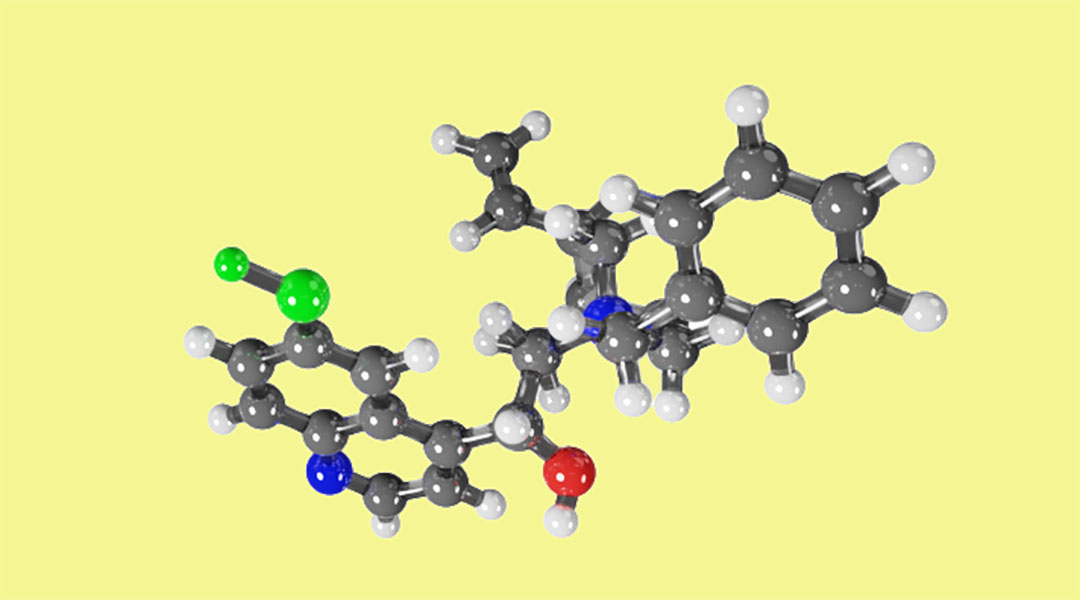
Though experimentation is still king in most chemists’ minds, computational chemistry has the potential to transform the field.
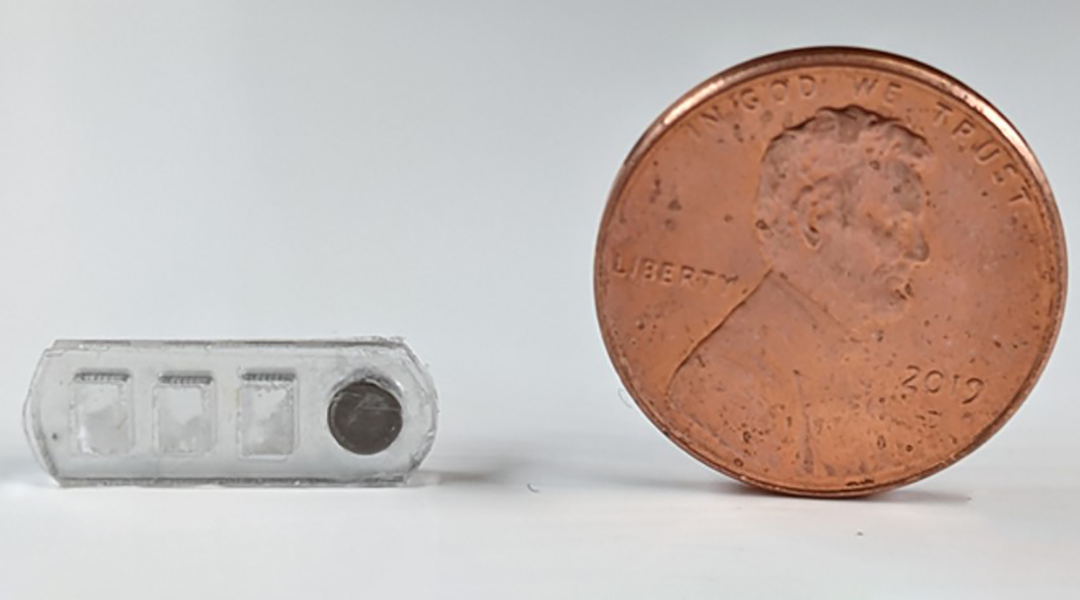
A robotic pill capable of collecting biomarkers, including proteins and bacteria, from the gut provides an easy-to-use disease screening tool.
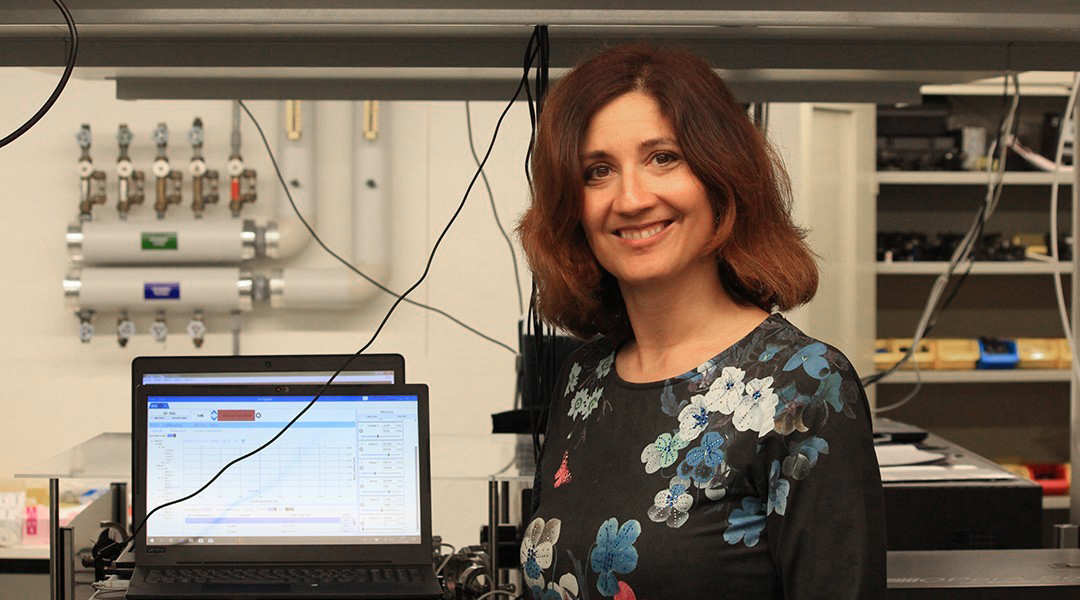
At the interface of light and matter, Natalie Banerji is using spectroscopy to advance technologies such as solar cells and bioelectronics.
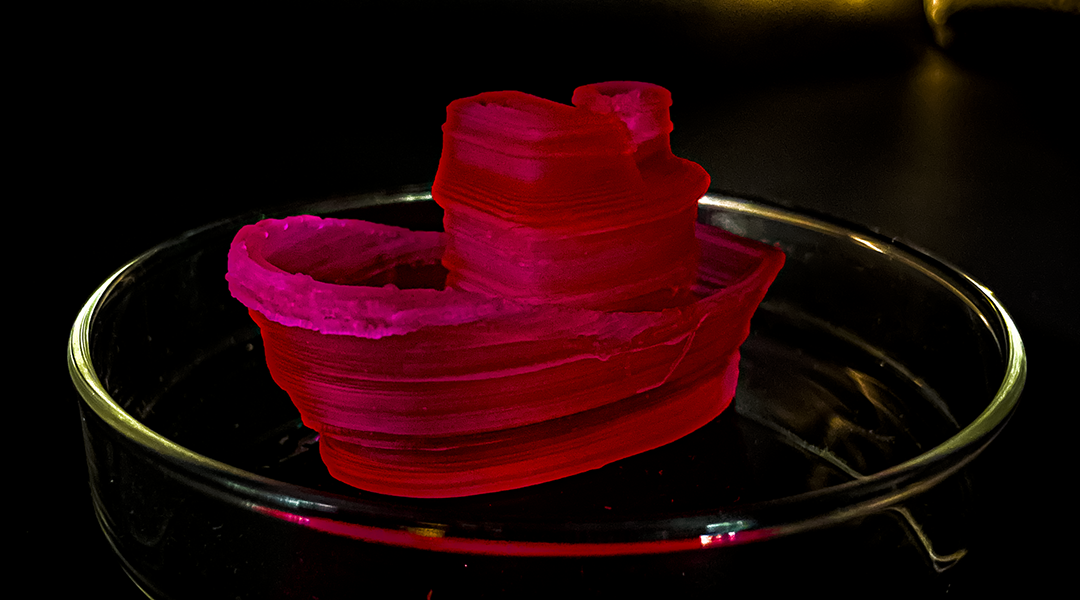
Researchers have created stiff, recyclable hydrogels that can be broken down into their base components and reshaped on demand.
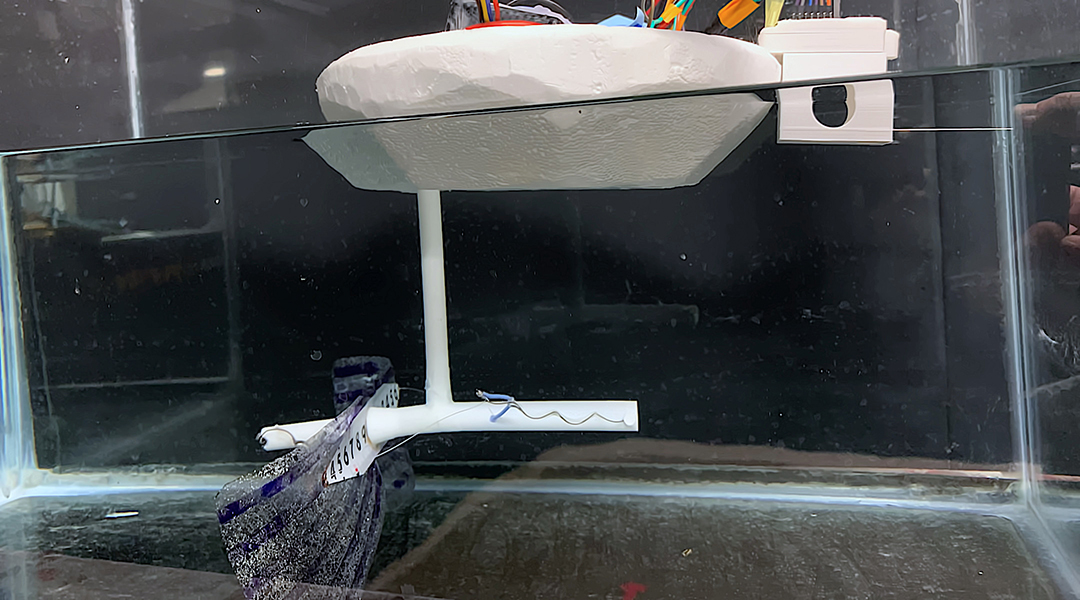
A robotic swimmer that mimics the movement of octopuses could help researchers better monitor aquatic environments remotely and in real time.

Using stimuli-responsive hydrogels with regularly arranged colloidal particles, researchers create color-changing microrobots that can freely explore and gather information.

A new study identifies that magnesium hydrosilicate, a compound present during the Earth’s formation, may be responsible for our planet’s abundant water.